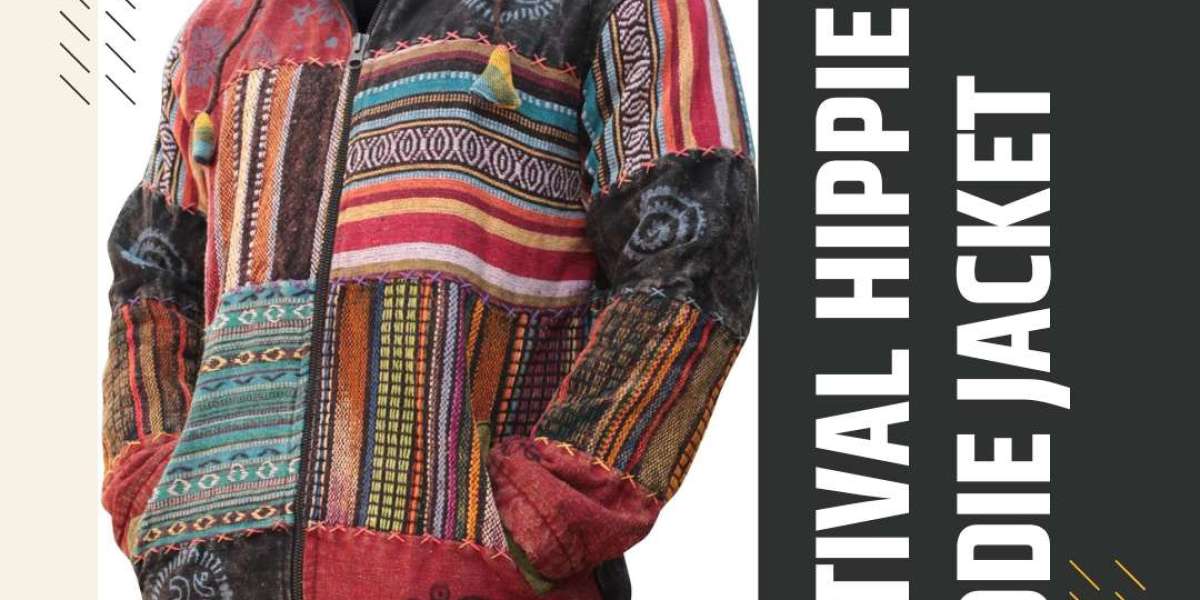Hippie clothes, synonymous with the counterculture movement of the 1960s and 1970s, have transcended their origins to become a fashion phenomenon celebrated for its free-spirited and bohemian style. Rooted in a quest for peace, love, and self-expression, hippie fashion continues to captivate generations with its colorful, laid-back, and eclectic aesthetic. In this article, we'll take a journey into the world of hippie clothes, exploring their history, key elements, and enduring appeal.
A Revolution of Style: The emergence of hippy clothing was closely intertwined with the social and political upheavals of the 1960s. Rejecting the constraints of mainstream fashion, hippies sought a wardrobe that reflected their rejection of societal norms. The result was a revolution of style characterized by nonconformity, individuality, and a commitment to peace.
Natural Fibers and Comfort: At the heart of hippie clothes is a dedication to comfort and a connection with nature. Natural fibers like cotton, hemp, and linen were favored for their breathability and comfort. Loose, flowing garments with an emphasis on comfort over structure became emblematic of the hippie ethos.
Tie-Dye and Psychedelic Patterns: Perhaps the most iconic element of hippie fashion is tie-dye. This vibrant and psychedelic dyeing technique involves twisting, folding, and tying fabric before applying a spectrum of colors. The result is a kaleidoscope of swirling patterns, each piece as unique as the individual who wears it.
Embroidery, Fringe, and Patchwork: Handcrafted details played a pivotal role in hippie clothes. Garments adorned with intricate embroidery, fringe, and patchwork became symbols of craftsmanship and personal expression. Each piece told a story, reflecting the wearer's journey and ideals.
Accessories as Statements: Hippie fashion extended beyond clothing to include accessories that made bold statements. Wide-brimmed hats, headbands, beaded necklaces, and layered bracelets were all essential components of the hippie wardrobe. These accessories served not only as style enhancers but also as expressions of the wearer's free-spirited lifestyle.
Modern Resurgence and Sustainable Fashion: In recent years, there has been a resurgence of interest in hippie fashion, driven by a desire for individuality and a rejection of fast fashion. Designers draw inspiration from the iconic looks of the 60s and 70s, and eco-conscious consumers appreciate the sustainable aspects of natural fabrics and handcrafted details.
Conclusion:
Whether as a nostalgic nod to the past or a bold embrace of individuality, hippie fashion remains a powerful symbol of a bygone era's ideals—reminding us that clothing can be more than just fabric; it can be a canvas for personal expression and a celebration of the free spirit within us all.


